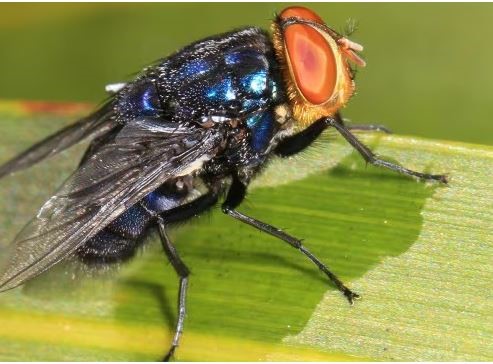7667766266
enquiry@shankarias.in
Prelims – Current events of National and International importance| Science & Technology.
Why in News?
Recently, United States reported its first human case of the flesh-eating parasite, the New World screwworm.

References